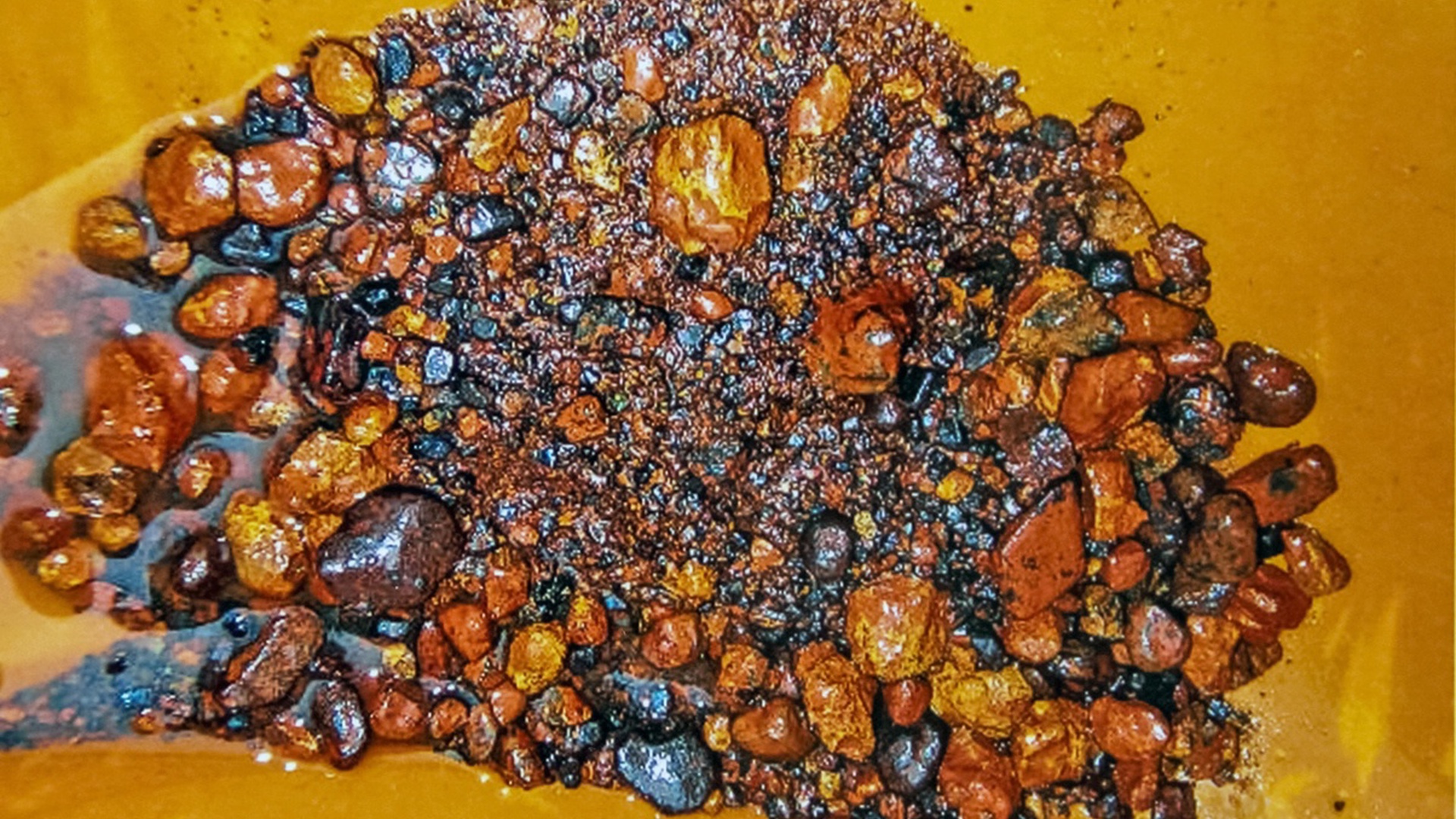

Tantalum is a critical metal primarily used in electronics, aerospace, and chemical industries due to its unique properties, including high melting point, corrosion resistance, and excellent conductivity. The life cycle of tantalum involves various stages, from mining and production to use, recycling, and eventual disposal at end-of-life (EoL). Throughout this cycle, the challenges and opportunities for sustainable practices especially recycling play a central role.
The tantalum life cycle begins with its extraction from mineral concentrates, primarily from ores like columbite-tantalite and from tin slags. Since 1970, an estimated 53,000 metric tons of tantalum have been mined globally, with 73% of this sourced from tantalum mineral concentrates and 27% from tin slags. During mining, there are inherent losses, including an estimated 7,000 metric tons lost during processing. This loss, along with another 2,000 metric tons of tantalum unaccounted for (including industry stocks), highlights inefficiencies in the early stages of tantalum's life cycle.
Once mined, tantalum enters the manufacturing process. Tantalum’s most significant uses are in capacitors (mainly in electronics), alloy additives (such as in aircraft and gas turbine blades), and chemical processing equipment. However, the composition of tantalum usage has shifted over time. Historically, tantalum was widely used in carbides for cutting tools, but this has decreased as its role in electronic components, particularly capacitors, has grown.
During manufacturing, tantalum is processed into alloys, capacitors, and other forms, often resulting in significant amounts of scrap. While recycling of prompt scrap (generated during manufacturing) has increased, obsolete scrap (from end-of-life products) remains underutilized.
Recycling plays a pivotal role in tantalum’s life cycle, both in terms of mitigating environmental impacts and conserving resources. However, the overall recycling rate of tantalum has not kept pace with the increase in demand, and significant losses occur during the EoL phase.
The obsolete scrap ratio (OSR), which reflects the proportion of recycled tantalum that comes from discarded products, mirrors the trends seen in EoL-RR. As tantalum is predominantly used in electronics, which are difficult to recycle due to miniaturization and complex material compositions, the OSR has been low.
The role of internal recycling (at the manufacturing level) is important, but it is excluded from certain recycling calculations, making external recycling (from products reaching EoL) the most crucial aspect for improving sustainability in tantalum’s life cycle.
The final phase of tantalum’s life cycle occurs when the material reaches the end of its useful life. The majority of tantalum produced is discarded at EoL, with about 82% of tantalum being lost by the time it reaches the end of its life. This occurs because, while tantalum is highly recyclable, much of the tantalum in capacitors and electronics is not effectively recovered. This challenge is primarily due to the difficulty of separating tantalum from other materials in complex products and the economic and technical hurdles to recovering it from obsolete electronics.
A significant portion of tantalum from EoL discards is believed to be in hibernating stocks, meaning that although the material is not in active use, it may still be retained by consumers or in storage for potential future recycling. However, with the miniaturization of electronics, the amount of tantalum in each component has decreased, making it increasingly difficult to recover valuable material from discarded products. Moreover, some tantalum may remain permanently lost during product use and disposal.
By 2015, of the tantalum produced since 1970, only 21-25% was still in-use, with the majority either lost in processing, discarded at EoL, or stockpiled as "unaccounted for production." The greatest losses are at the end-of-life stage, driven by the low recovery rates from electronics.
The tantalum life cycle highlights significant opportunities for improving recycling efficiency, particularly at the EoL stage. The increased use of tantalum in electronics, especially capacitors, has created a situation where much of the tantalum is lost due to difficulties in recycling these materials once they are discarded.
To enhance sustainability, companies like Quest Metals, which focus on minor metals recycling, could play a pivotal role by investing in technologies to recover tantalum from EoL products, especially electronics. Addressing the technical, economic, and behavioral barriers to recycling tantalum from these complex products will be crucial to improving the overall EoL recycling rate and maximizing the potential of tantalum as a reusable resource.
In summary, while tantalum's life cycle has seen progress in manufacturing and recycling of prompt scrap, substantial challenges remain in recovering obsolete scrap, especially from electronics. For a more sustainable future, increasing EoL recycling rates and addressing the losses at various stages of the cycle will be key to reducing environmental impacts and conserving this valuable material.
Nassar, N. T. (2017). Shifts and trends in the global anthropogenic stocks and flows of tantalum. Resources, Conservation and Recycling, 125, 233–250. https://doi.org/10.1016/j.resconrec.2017.06.002